Encapsulated in the wild white wilderness of Antarctica lies a gold-churning volcano. Every single day, this volcano spews gusts of lava and fiery blasts of molten particles, ejecting showers of crystallized gold from its burning mouth. The active volcano is in the terrains of Mount Erebus.
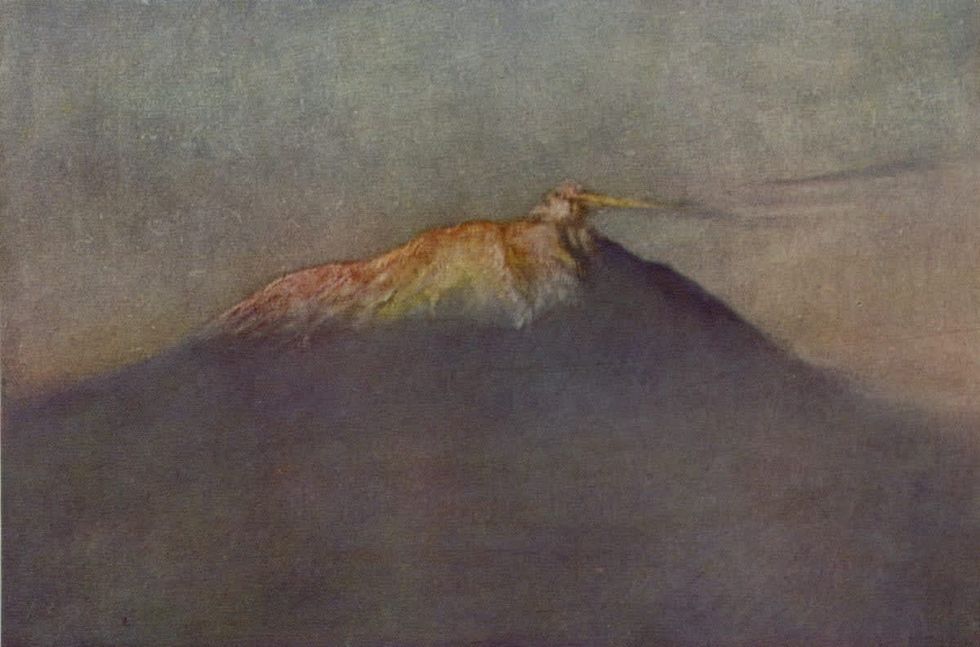
In Greek mythology, the word “Erebus” refers to a place of darkness in the underworld. Mount Erebus too, nestles in the underworld of the ice-capped continent. It is the second-highest volcano in Antarctica after Mount Sidley, the highest active volcano in Antarctica, and the southernmost active volcano on Earth. It also marks the second most prominent mountain in Antarctica after Mount Vinson.
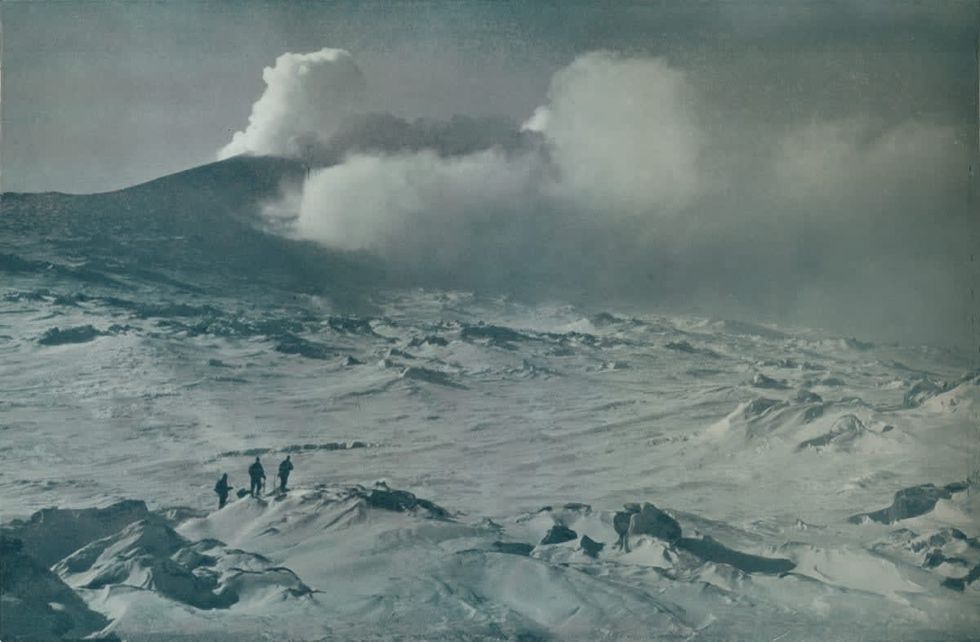
Antarctica, where mother nature exhibits the enigmatic dance of fire and ice, is known for housing hundreds of volcanoes underneath its ice sheets. While most of these are known to be dormant, nearly eight or nine of the Antarctic volcanoes are regarded as active. And Mount Erebus is one of the most aggressive of all these volcanoes. Erebus sits above a thin crust, allowing the glassy molten rock to easily rise from its surface. It furiously spews flurries of steam and plumes of gas. It is also known to eject boulders of partially molten rock known as “volcanic bombs” in strombolian eruptions.
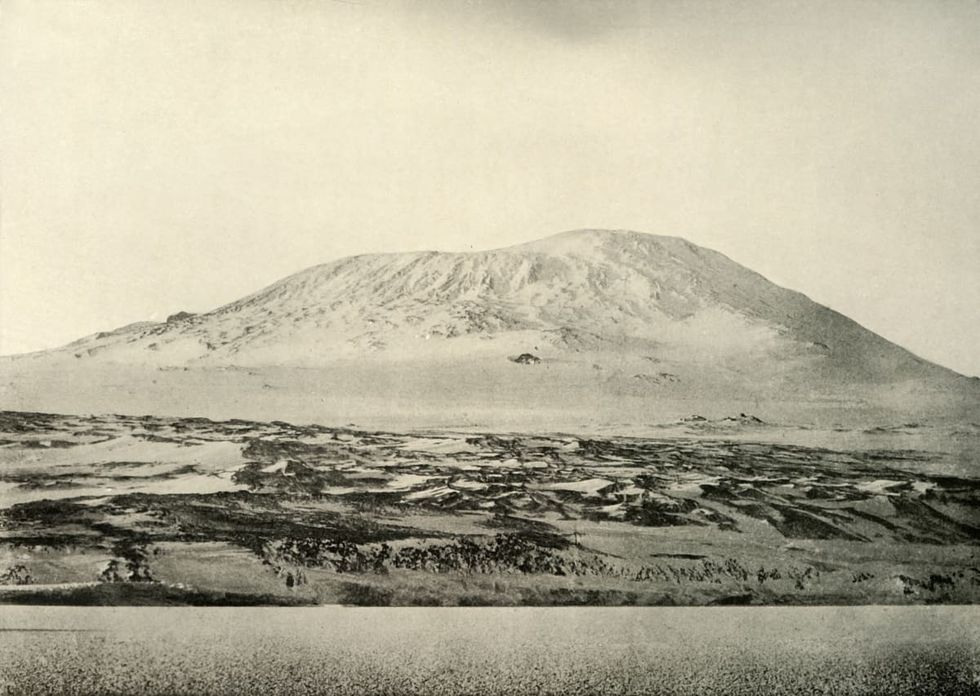
However, one of the most odd traits of the Erebus volcano is that it pumps jets of gold dust daily into the planet. According to IFL Science, it's estimated that the volcano ejects a rapid flux of gold at the rate of around 80 grams per day, a quantity that's worth approximately $6,000. It is a vigorous gold machine illustrating nature’s mysterious bounty.
The ejected metal is in the form of tiny crystals of metallic gold, no larger than 20 micrometers. The gold dust sprinkles out into the surrounding crater that spans an area of around 1000 kilometers or 621 miles, as per the 1991 research published in Advancing Earth and Space Sciences journal.
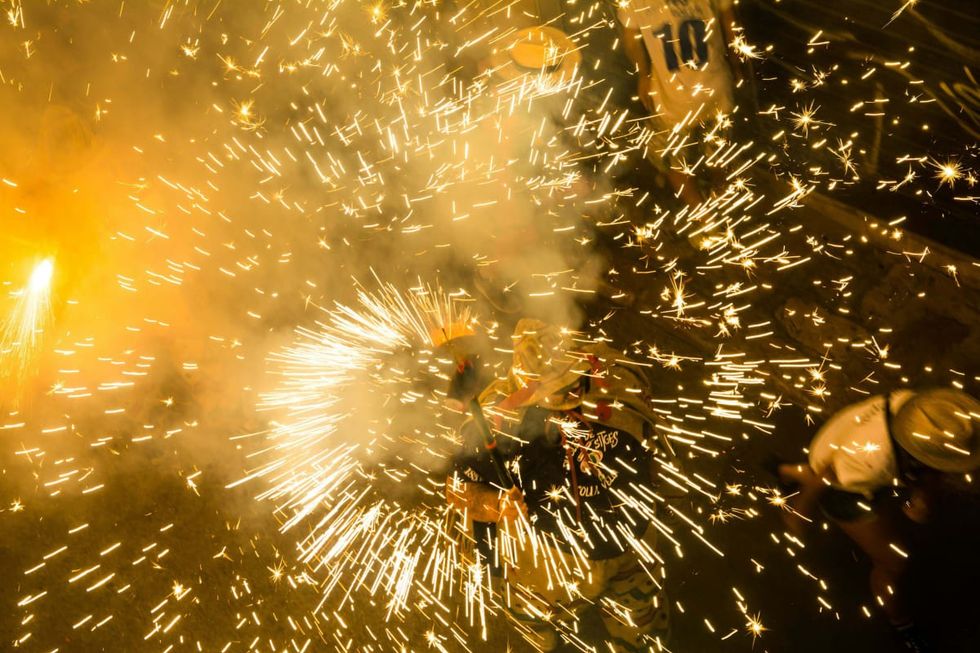
According to Interesting Engineering, Philip Kyle, from the New Mexico Institute of Mining and Technology in Socorro, clarified that gold deposits can originate in volcanic rock. When lava from the mountain, which has a summit elevation of 3,794 meters emits plumes of hot gas, this sprinkles some of the gold particles into the air.
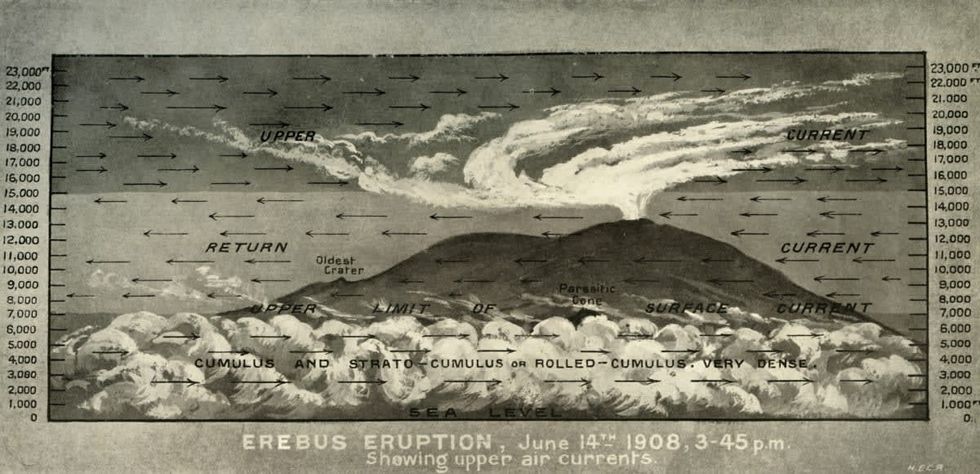
Additionally, Conor Bacon of Lamont-Doherty Earth Observatory at Columbia University, New York, told Live Science that this fierce volcano has been continuously erupting since 1972. "One of its most interesting features is the persistent lava lake that occupies one of its summit craters, where molten material is present at the surface," Conor said. "These are actually quite rare, as it requires some very specific conditions to be met to ensure the surface never freezes over."
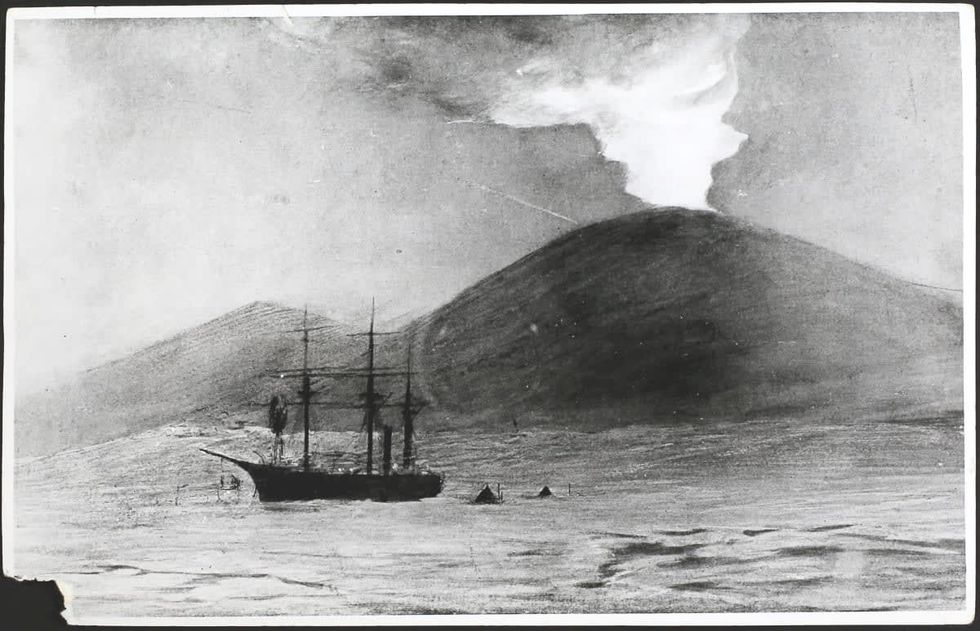
Mount Erebus is part of the Pacific Ring of Fire, which includes over 160 active volcanoes. The eruption of these volcanoes not only spews and fans out generous materials into the atmosphere but also creates meltwater which acts as a lubricant for Antarctic inner glacial coating and thick ice sheets. But the fact that Erebus trickles gold is something beyond poetic.


















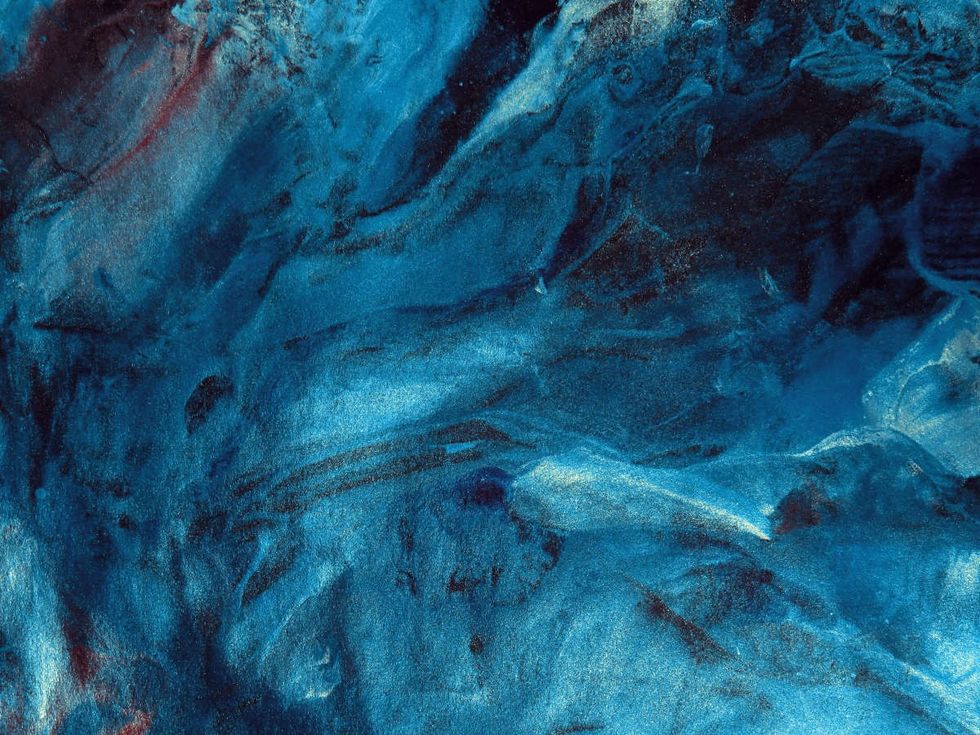 Representative Image Source: Pexels | Anni Roenkae
Representative Image Source: Pexels | Anni Roenkae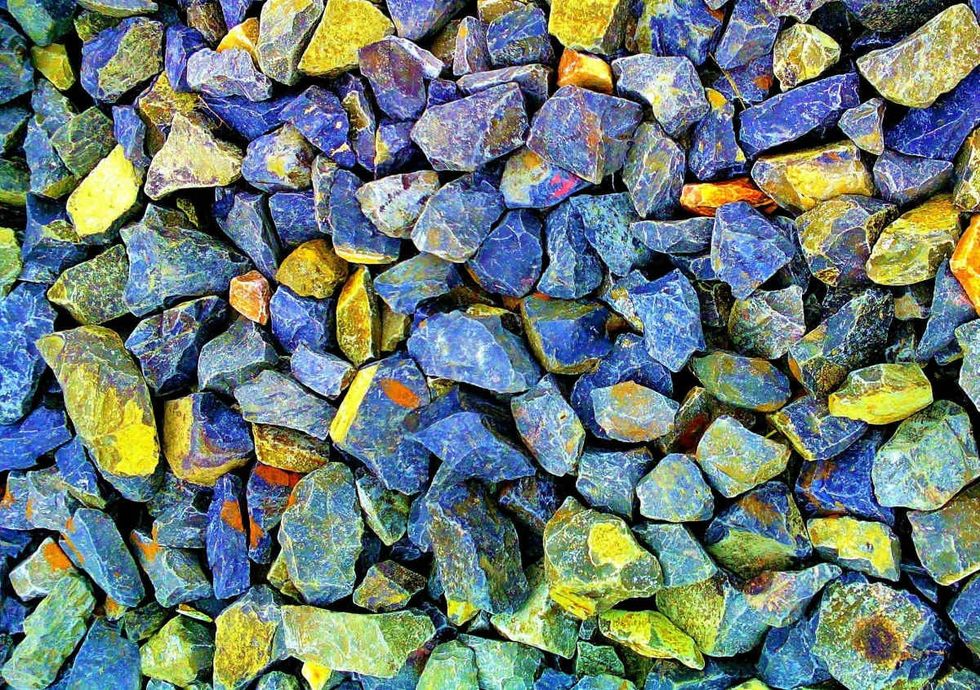 Representative Image Source: Pexels | Its MSVR
Representative Image Source: Pexels | Its MSVR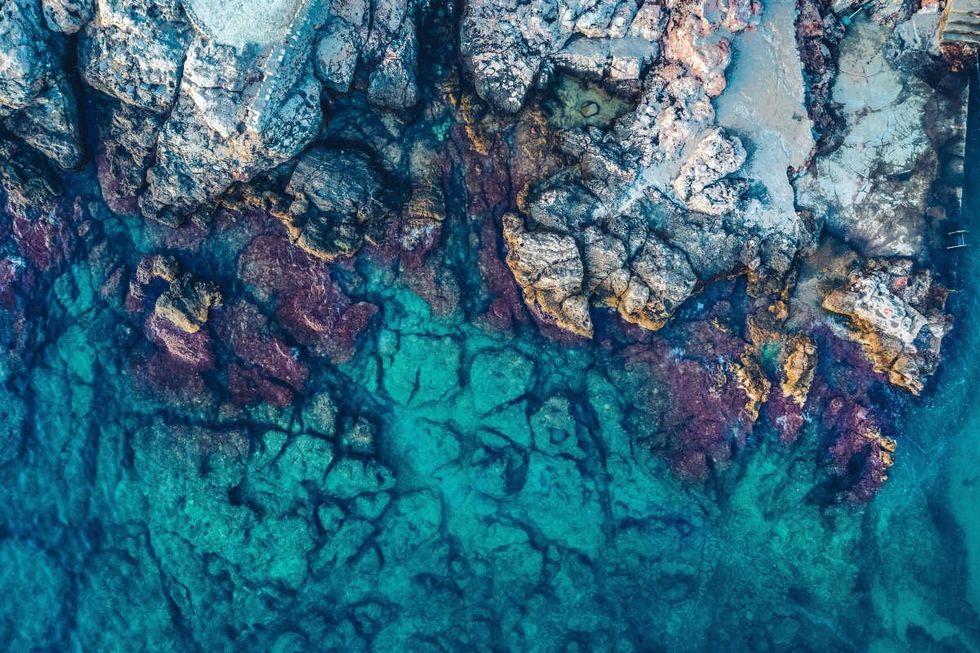 Representative Image Source: Pexels | Lucian Photography
Representative Image Source: Pexels | Lucian Photography

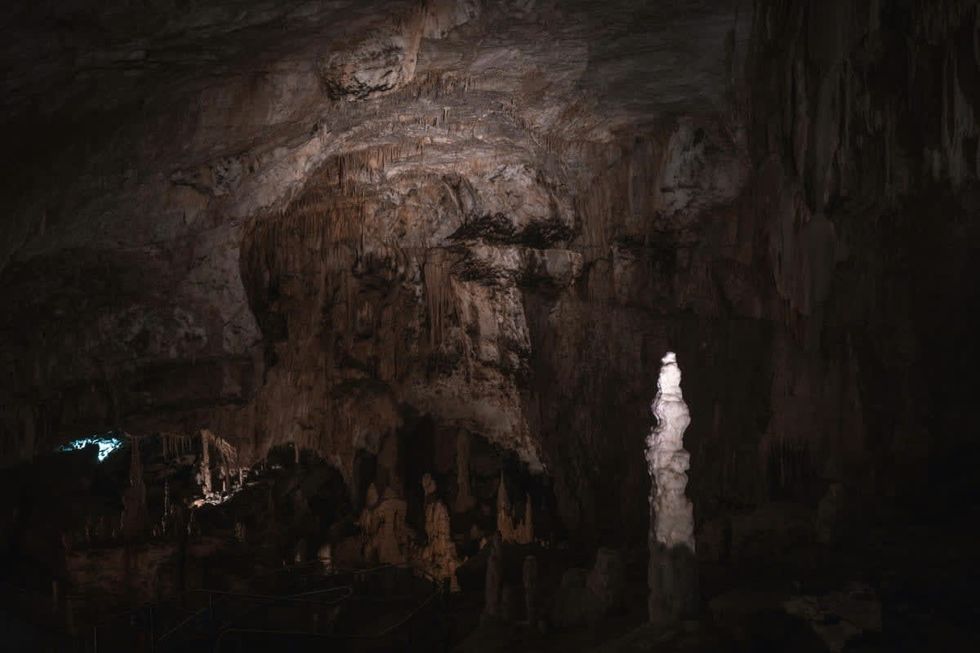 Representative Image Source: Pexels | francesco ungaro
Representative Image Source: Pexels | francesco ungaro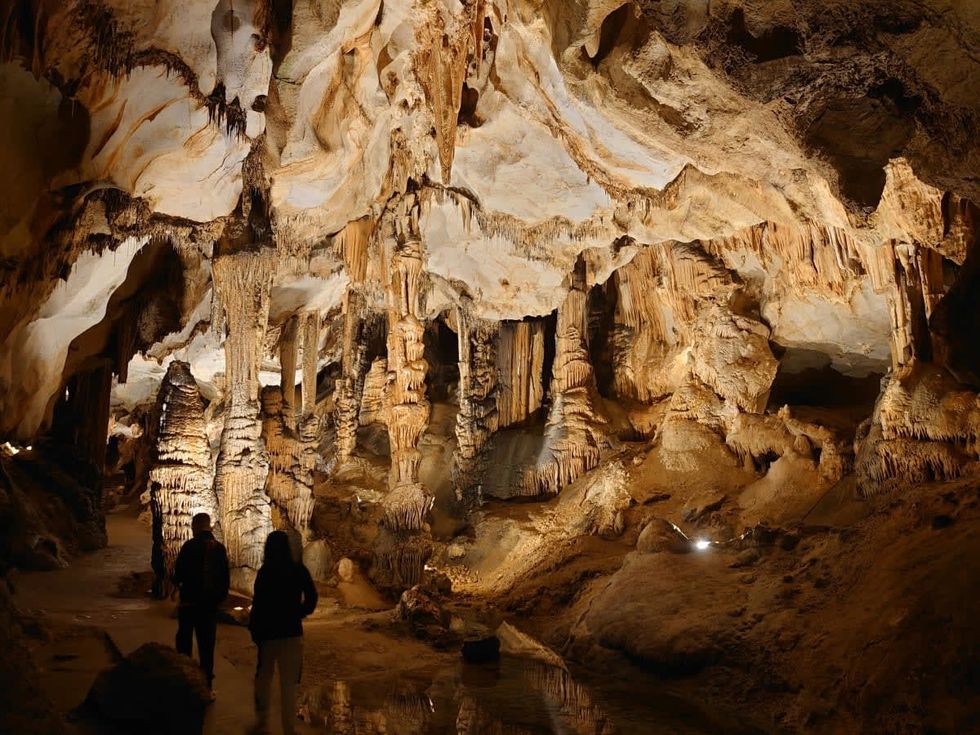 Representative Image Source: Pexels | parfait fongang
Representative Image Source: Pexels | parfait fongang Image Source: YouTube |
Image Source: YouTube |  Image Source: YouTube |
Image Source: YouTube |  Image Source: YouTube |
Image Source: YouTube | 

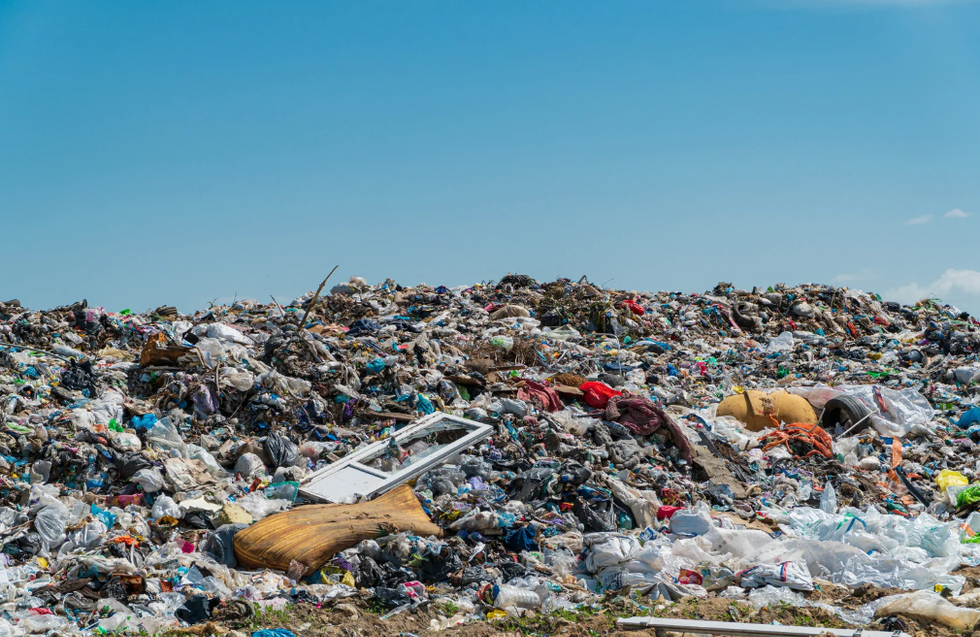


 Representative Image Source: Pexels | Steve Johnson
Representative Image Source: Pexels | Steve Johnson Representative Image Source: Pexels | RDNE Stock Project
Representative Image Source: Pexels | RDNE Stock Project Representative Image Source: Pexels | Mali Maeder
Representative Image Source: Pexels | Mali Maeder
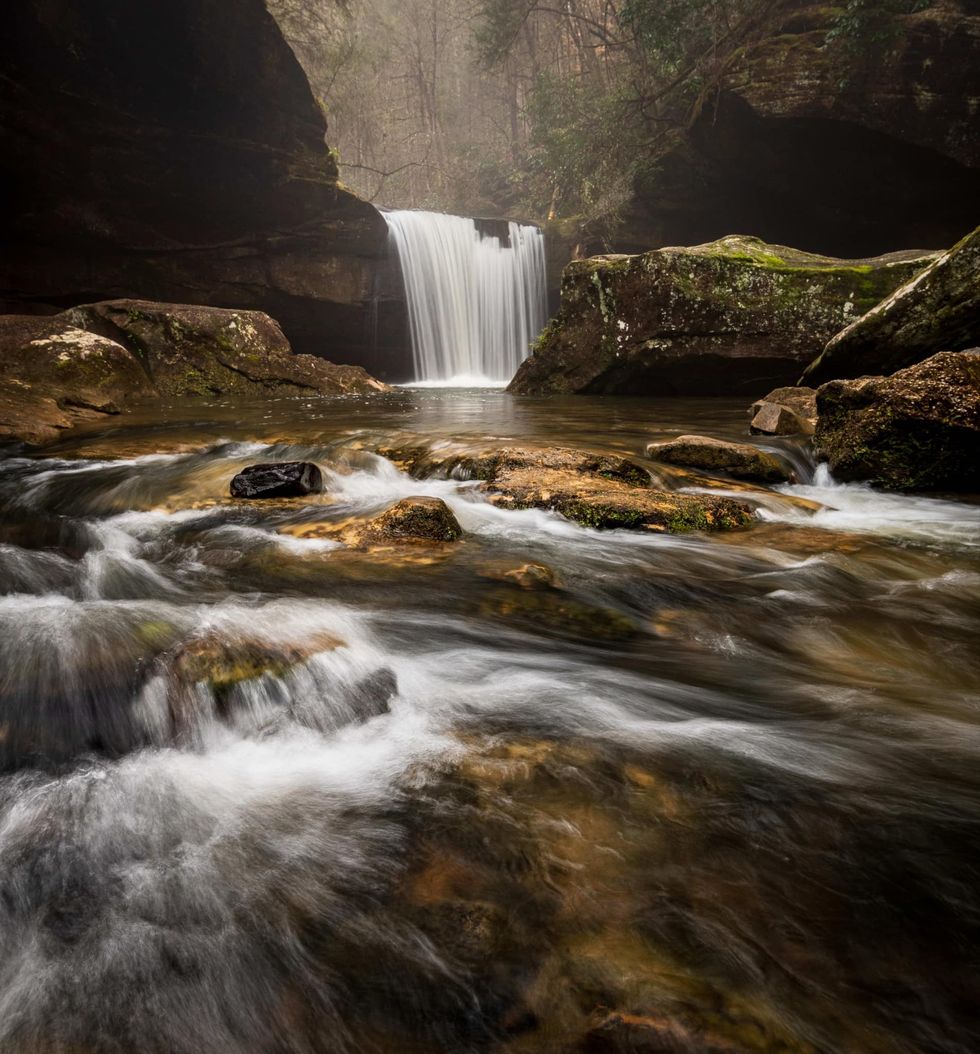 Photo: Craig Mack
Photo: Craig Mack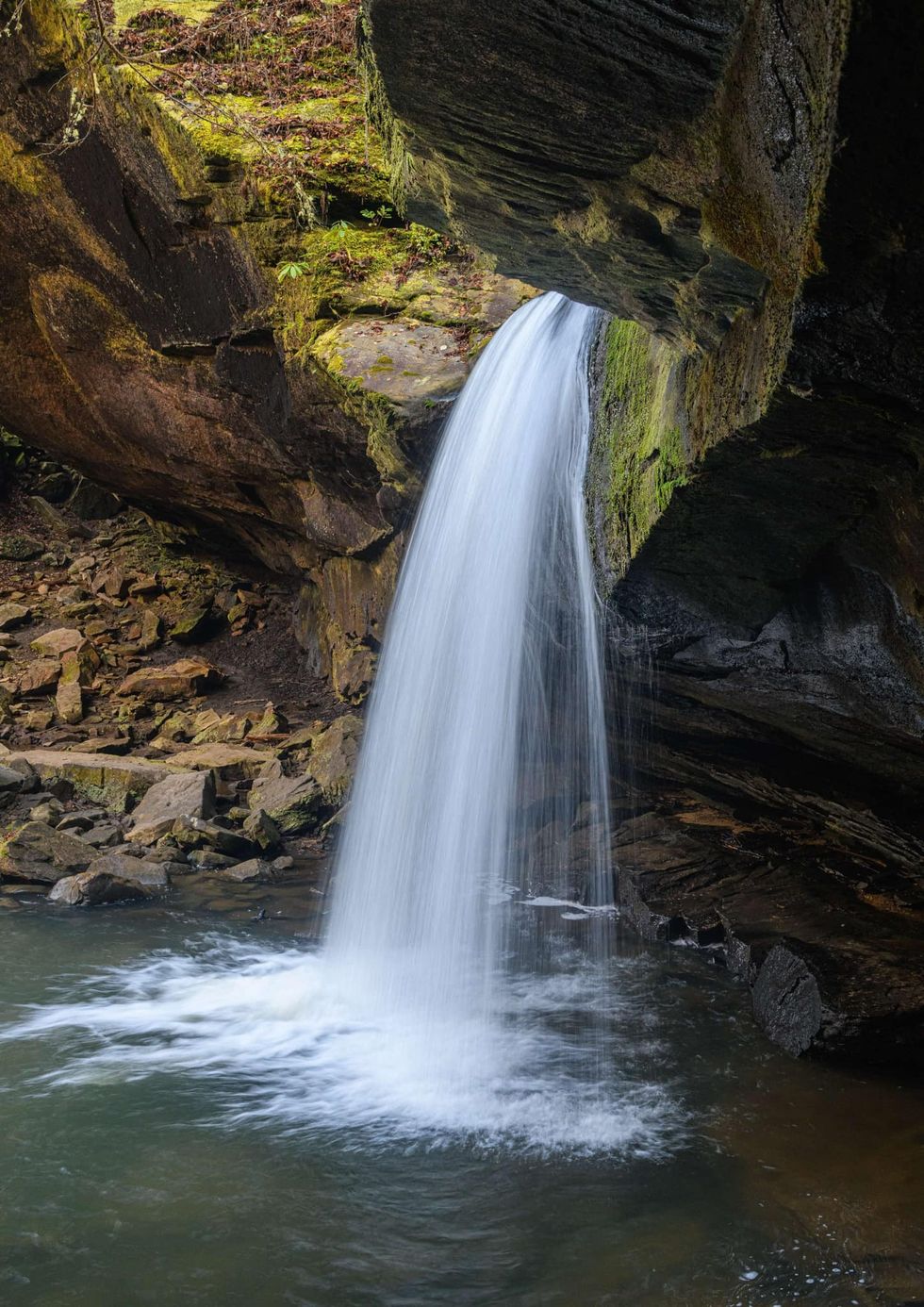 Photo: Craig Mack
Photo: Craig Mack
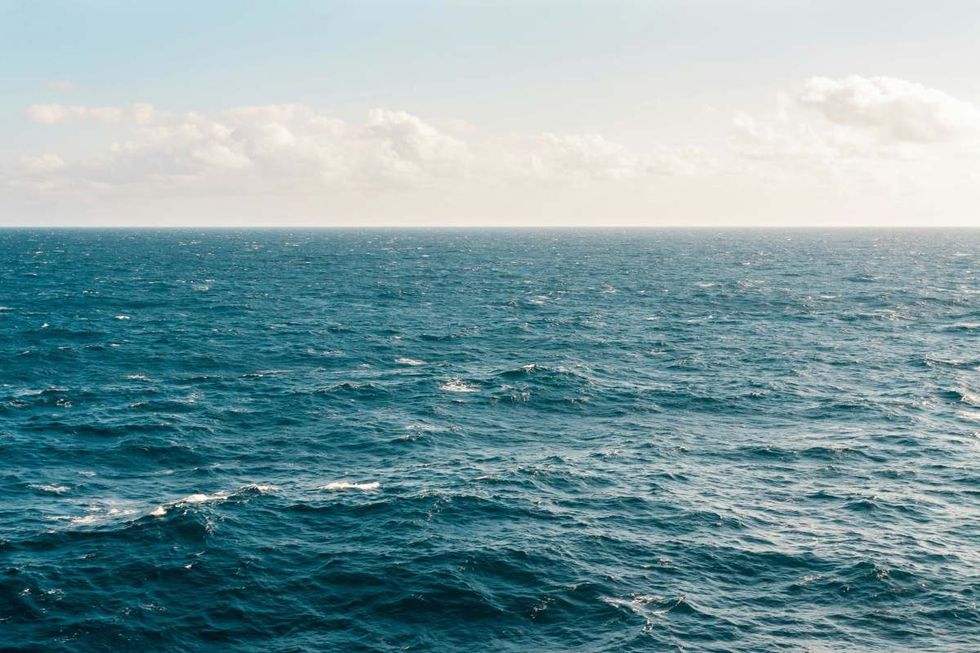 Representative Image Source: Pexels | Kellie Churchman
Representative Image Source: Pexels | Kellie Churchman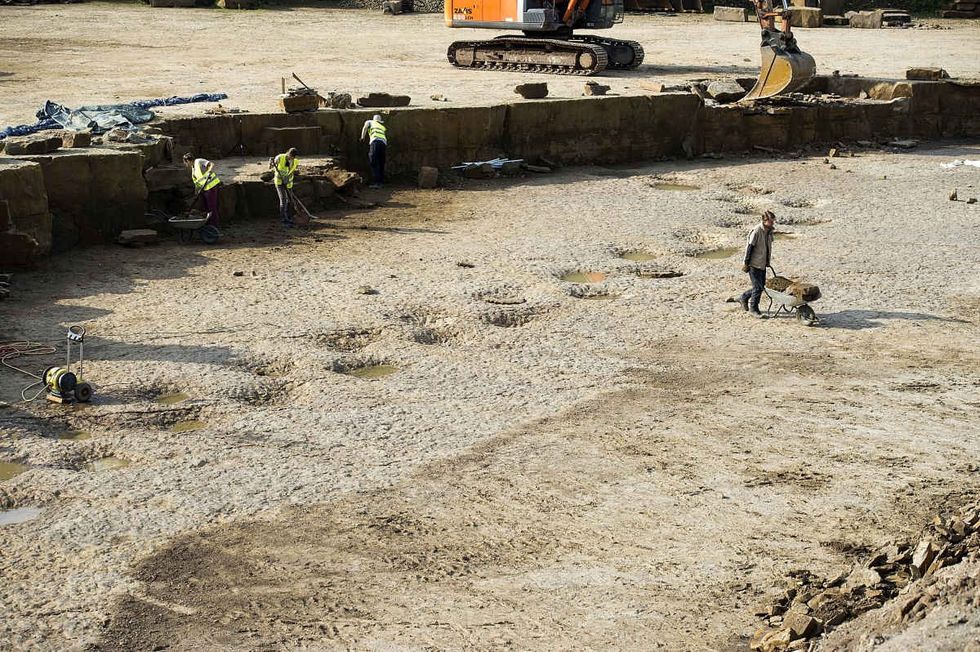 Representative Image Source: Footprints of a long-neck dinosaur (Diplodocus), found in a quarry in Germany. (Photo by Alexander Koerner/Getty Images)
Representative Image Source: Footprints of a long-neck dinosaur (Diplodocus), found in a quarry in Germany. (Photo by Alexander Koerner/Getty Images)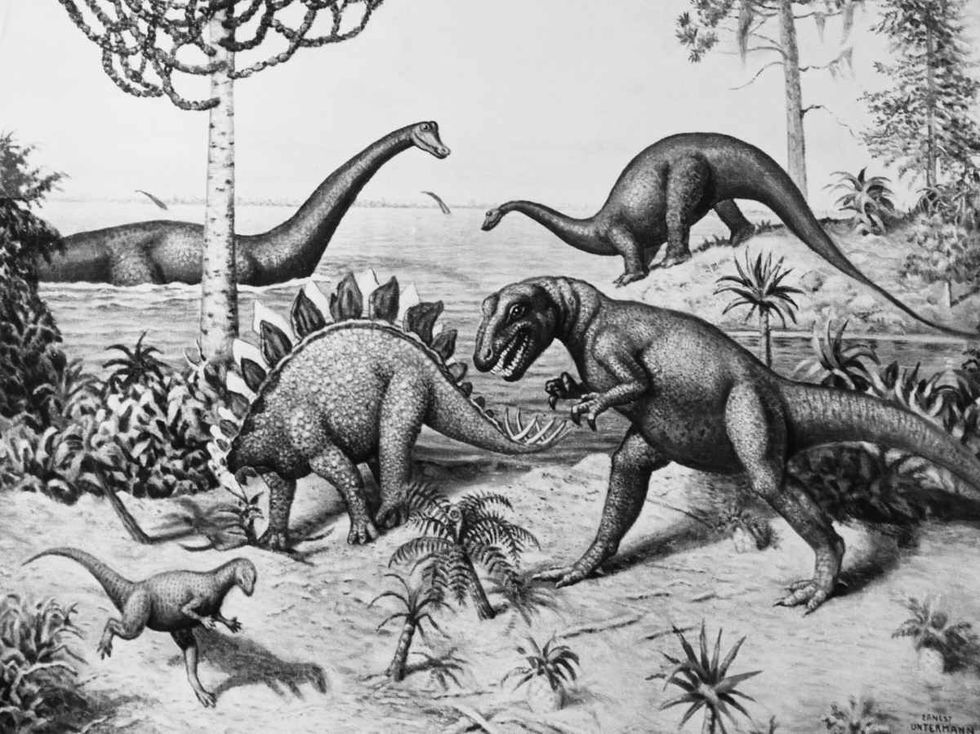 Representative Image Source: Painting from a series by Ernest Untermann in the museum at Dinosaur National Monument, Utah.
Representative Image Source: Painting from a series by Ernest Untermann in the museum at Dinosaur National Monument, Utah.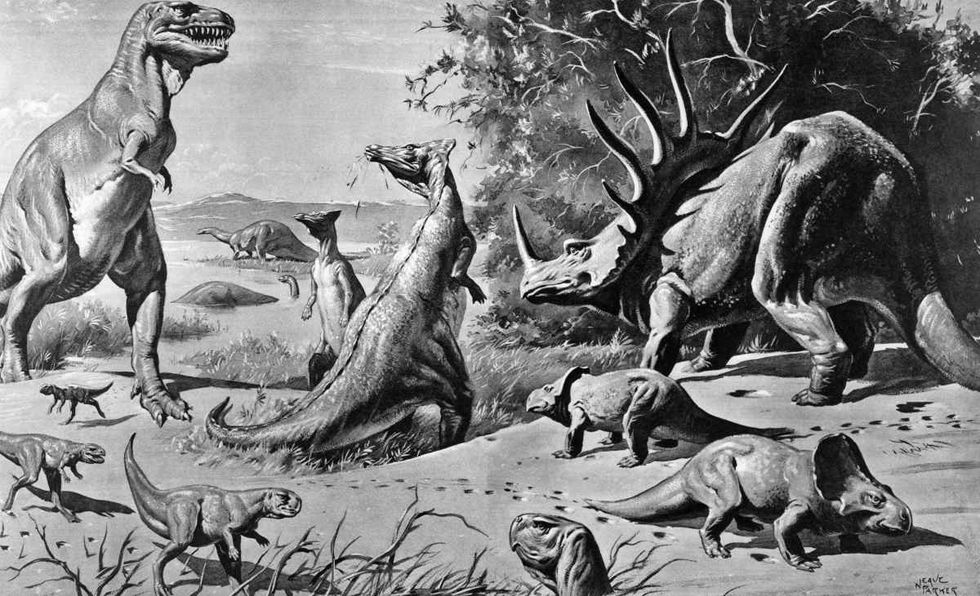 Representative Image Source: VARIOUS DINOSAURS IN GOBI DESERT. (Photo by H. Armstrong Roberts/ClassicStock/Getty Images)
Representative Image Source: VARIOUS DINOSAURS IN GOBI DESERT. (Photo by H. Armstrong Roberts/ClassicStock/Getty Images)